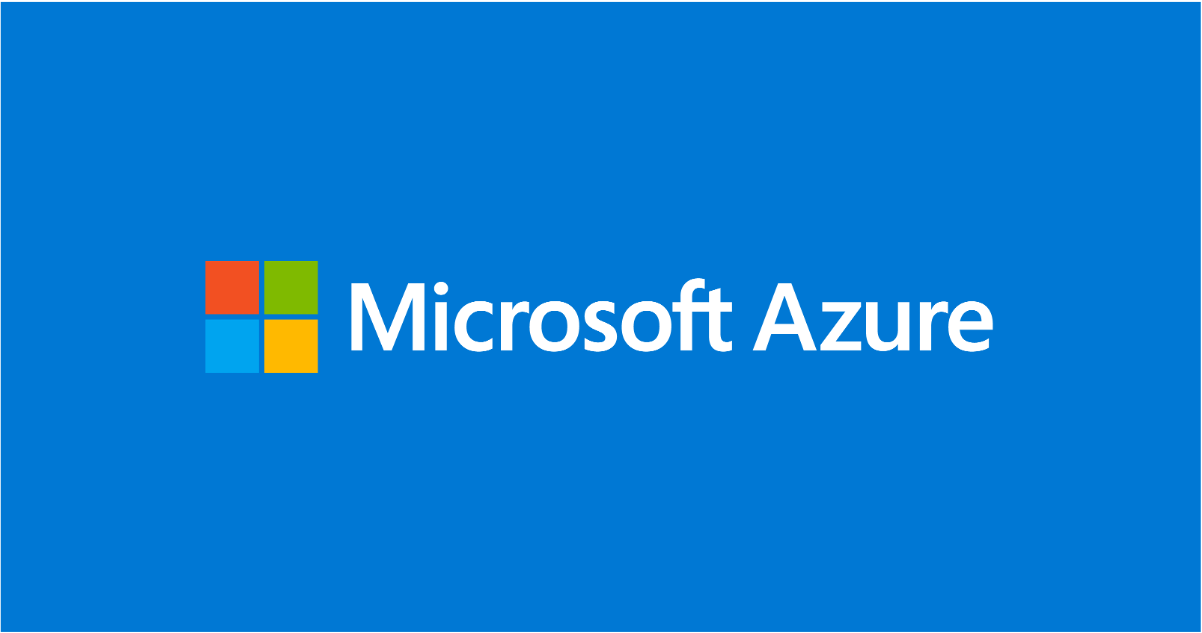Introducing the Azure Policy Community Repo

Introducing the Azure Policy Community Repo
What is the Azure Policy Community Repo?
Benefits of Contributing to the Community Repo
- Direct Impact: Support organizations in enforcing standards and assessing compliance at scale.
- Recognition: Share innovative solutions to gain visibility within the Azure community.
- Enhanced Resource Pool: Access and contribute to a growing repository, amplifying the success of the Azure ecosystem in achieving robust compliance.
How to Contribute
How to Create a Pull Request for Azure Community Policy Contributions
- Visit the Azure Community Policy repository on GitHub.
- Click on the "Fork" button at the top right corner to create a copy of the repository in your GitHub account.
- Navigate to your forked repository.
- Use the "Clone or download" button to copy the repository URL.
- Clone the repository to your local machine using the Git command:
git clone [URL]
- Navigate into the cloned repository directory on your machine.
- Create a new branch for your contributions:
git checkout -b [branch_name]
- Add or modify policies in your branch, ensuring they align with the Azure Community Policy guidelines.
- Make sure your policies are generic enough to ensure privacy and do not contain sensitive or proprietary information.
// Consent for Sharing// I, [Your Name], provide consent for this policy to be shared and used within the Azure Community Policy repository.- Add your changes to the staging area:
git add . - Commit your changes with a clear message:
git commit -m "Add [PolicyName] policy"
- Push your branch and changes to your GitHub fork:
git push origin [branch_name]
- Navigate to the original Azure Community Policy repository on GitHub.
- Click on "Pull Requests" > "New Pull Request".
- Choose your branch and verify the changes.
- Provide a clear and detailed description of your contribution, including the origin (e.g., based on a support case) without specific case details for privacy.
- Submit your Pull Request.
Additional Guidelines
- Review Before Submitting: Ensure your policies are accurately described and follow the repository's contribution guidelines.
- Privacy Consideration: Avoid including any personal, sensitive, or proprietary information in your contributions.
Handling Issues
Get Started!
Published on:
Learn moreRelated posts
From Backlog to Delivery: Running Scrum in Azure DevOps
This is a practical, end-to-end guide to run Scrum with Azure DevOps — from backlog grooming through sprint delivery and continuous deployment...
Azure SDK Release (November 2025)
Azure SDK releases every month. In this post, you'll find this month's highlights and release notes. The post Azure SDK Release (November 2025...
Microsoft Purview: Information Protection-Azure AI Search honors Purview labels and policies
Azure AI Search now ingests Microsoft Purview sensitivity labels and enforces corresponding protection policies through built-in indexers (Sha...
Soluzione Earns Microsoft Solutions Partner Designation for Data & AI (Azure)
Soluzione has been a Microsoft partner for over a decade – a journey that began with Microsoft Silver Partnership, progressed to achieving Mic...
What’s New with Microsoft Foundry (formerly Azure AI Foundry) from Ignite 2025
Microsoft Ignite 2025 just wrapped up, and one of the biggest themes this year was the evolution of Azure AI Foundry, now simply called Micros...